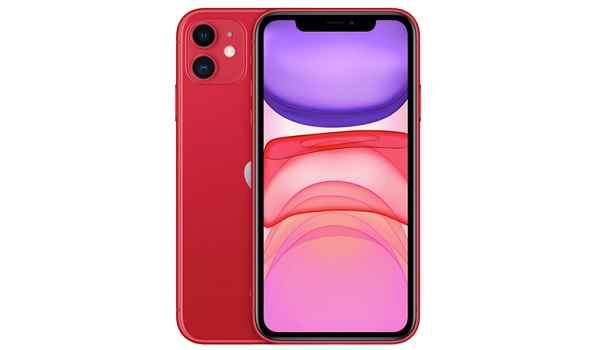However, in spite of its improved displays, the iPhone still suffers from a number of bugs from time to time. In this piece, we will take a closer look at why your Apple iPhone display stops responding and how to fix this bug. A number of factors can cause an Apple iPhone display to misbehave, with the more common causes rising from software problems. This could be due to the presence of a malicious app or low device memory space. Aside this, a number of other physical causes can also affect iPhone displays, especially if the display is covered in dust or dirt. Here are some quick tips to help you gain control of your iPhone back when the display is not responsive:
Try to reboot the device: You can attempt rebooting your smartphone when the display freezes as a first step to fixing this issue. If you use newer models of the iPhone (iPhone 8 and newer) you can follow these steps:
For the iPhone 7 and older:
Update your apps and software version: Sometimes, your Apple iPhone display may malfunction when certain apps are unstable or out of date. If your device freezes when using certain apps, this may be an indicator that those apps are out of date and need an update. To do this, follow these steps:
When your updates are complete, reboot your device and see if the display is still unresponsive.
Reset your iPhone: Your Apple iPhone display may stop responding when certain system settings have been altered by an update or a manual customization. To reverse this, you can try resetting your iPhone with these steps:
Your device should restart when the reset is finished, returning to its default state. Enable all the necessary features and then see if your iPhone’s screen is now responding properly.
Restore your iPhone in iTunes: If your Apple iPhone display is still not responding after trying the tips above, then you may need to restore your device in Recovery Mode. This will let iTunes gain access to the operating system when your display is unresponsive. To successfully carry this out, you need a PC (Windows or Mac) with the latest version of iTunes software installed. Connect your device to the PC, enter Recovery Mode, then follow these simple steps:
Make sure you DO NOT DISCONNECT your device from the computer until iTunes tells you to. These tips above should help you regain control of your device if the issue is a software problem. For issues that may have been a result of physical damage or impact, it’s best to consult a technician. You are reading Mobility Arena, the essential guide for mobile phone users around the world. Be sure to check out our homepage for all the latest news and resources. To be notified of the most important articles and the best smartphone deals, join our WhatsApp Group and follow us on Instagram, Facebook, Twitter, and YouTube. Don’t know where to start? Check out our reviews.
